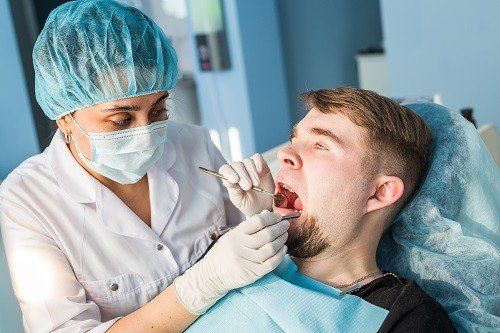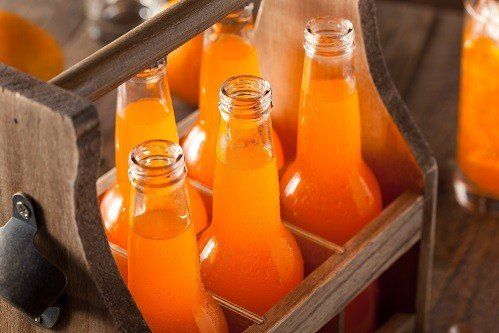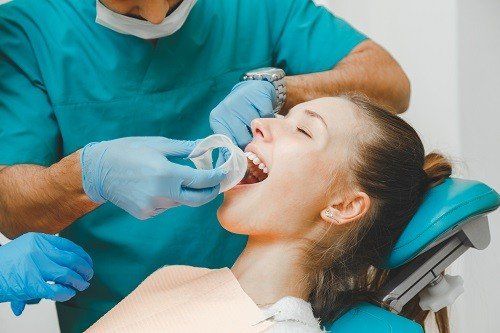Eating Healthy Acidic Foods Without Eroding Teeth
It’s always great when individuals decide to commit to
becoming healthier, but this can be tricky, especially when it comes to certain
acidic foods, which can be good for one aspect of the body but unhealthy toward
another. To successfully navigate this area, it is crucial that people learn how
body systems adapt to help people process the foods they eat and the things
they drink.
PH Levels
The first aspect people must understand is the body's ever-fluctuating pH. The pH scale, which is a measure of a substance’s acidity, ranges between 0 and 14, with 0 pH being the most acidic while 14 pH is the most alkaline or basic. A 7 pH is "neutral," meaning a substance is neither basic nor acidic. As to how this relates to the human body, changes in pH help individuals digest acidic drinks and foods.
How the Body Adapts
Saliva is intended to keep the gums and teeth healthy by being a moisturizing substance, washing away food debris and germs while continually remineralizing teeth enamel as it encounters different products. When not drinking or eating, a person’s saliva should be close to neutral between 6.5 to 7.5 pH, thus preventing acid from eroding enamel and contributing to decay.
When Decay Happens
When saliva’s pH lowers, the enamel begins decalcifying, meaning the now acidic saliva starts a chemical process that extracts various vital minerals, including calcium, fluoride, and phosphorous, from the teeth—igniting the beginning of tooth decay. The earliest signs of this are dim white spots on enamel. If these spots progress further, specifically if someone continues to expose their teeth to acids, the effects could dissolve the entire enamel layer.
Soda Mouth
An example of how pH changes can affect oral health can be found when individuals sip coffee (less than 5 pH) or diet soda (less than 4 pH) throughout their day, altering their saliva’s healthy pH (6.5-7.5) with every drink. This subjects the gums and teeth to a higher acidity environment, creating the white decalcification spots indicating damaged enamel. This type of tooth decay, when compounded throughout the mouth, has been called "soda mouth" by dental professionals.
Watch the Water You Drink
Demineralization occurs due to other sources besides soda,
which is why many dental professionals tout the perks of drinking at least
eight 8-ounce glasses of water in a day for proper balance. However, when people
use lemon and similar citrus fruits to flavor their water, their water’s pH
lowers and becomes more acidic. The water’s health benefits could be offset by
the citrus’s high acidity, causing harm to the teeth’s enamel, so it’s best for
individuals to be aware of what citrus-infused water is capable of doing.
When was the last time you had a checkup? If you are avoiding going to the dentist due to the high cost of dental care, check out our discount dental plan that can save you as much as 20 percent off your bills. Read more...
Copyright: olegdudko
/ 123RF Stock Photo











